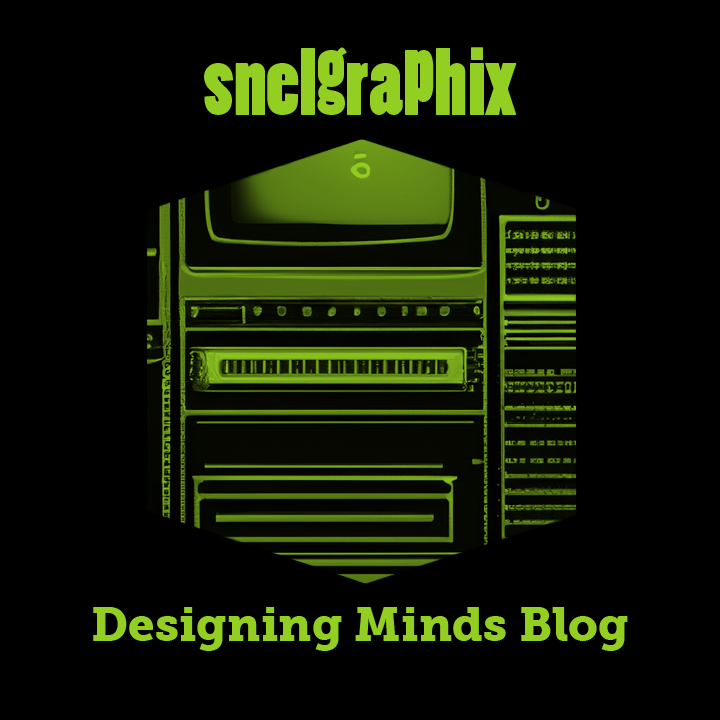The Snelgraphix Designing Minds Blog: Polishing Aladdin’s Lamp

Advertisement with picture of a triple lantern / dissolving view apparatus (1886) • Wikimedia Commons
Ars Magna Lucis et Umbrae
Before the Age of Enlightenment banished superstitious thinking to the shadows of our collective imagination, Earth was believed to be a magical place. Fairies and gnomes, giants and dragons, and all sorts of other incredible creatures were imagined to inhabit unexplored parts of the world. Human curiosity manifested itself, like it tends to do, in endeavors like music, religion, storytelling, and visual art, giving form to the fantastic. Plato’s allegory of the cave is an apt metaphor for humanity’s Rorschach-like behavior; the unknown becomes a screen for collectively projected unconscious archetypes and motivations. Mystery is the canvas and mythology the paint used to color human perception, shaping human identity. Our thinking can easily become misdirected and we usually see reality filtered through our beliefs.
Works embodying ideas that were not naturally made manifest were once limited to media like stone statues, architecture, stained glass, pipe organs, and mystery play stage. This was the medieval version of virtual and augmented reality. And this was cutting edge tech when the Catholic Church was the dominant earthly institution and craft guilds controlled all important professions.
Today, long after the scientific method became foundational to planetary civilization, and long after the frontiers of Earth had been conquered, illusion generating technology is ubiquitous. Imaginative marvels generated by engineered artistry create phantasms that are easily mistaken for something real. Darkroom wizardry, once the chemical purview of the expert photographer has been replaced with electronic elegance. Computer graphic imagery is commonplace and software like Adobe Photoshop and After Effects are tools that even children use. Photoshopping is now acceptable slang. Smart-screen technology makes this modern magic fit into the palm of your hand.
In our era of endlessly produced immersive video games and Hollywood CGI spectacle, it is easy to take this all for granted. Fantasy films, science fiction movies, and superhero cinema are huge moneymakers and are globally significant cultural artifacts. Television shows and binge-watched internet entertainment, tend to be just lower cost, more overtly episodic, versions of the same thing. Advertising and corporate communication efforts frequently make use of the same visual magic to capture attention. Pioneering electrical engineering achievement leads to an Aladdin’s Lamp of demonstrable electronic magic.
As we approach an age of virtual and augmented reality, it is important to consider how we got here. This is the first in a series of blog articles that will do this by projecting our gaze back in time to the pioneering days of photography, filmmaking, and visual effects, when Thomas Edison’s inventions were attracting international eyes and ears, allowing electrically engineered marvels to capture humanity’s imagination.






























